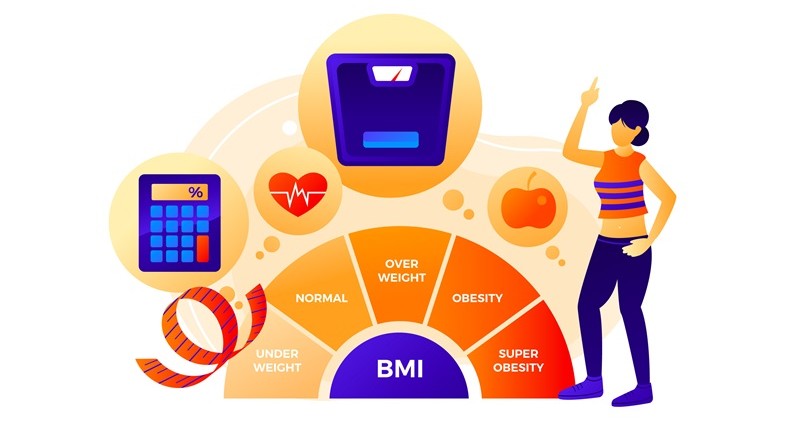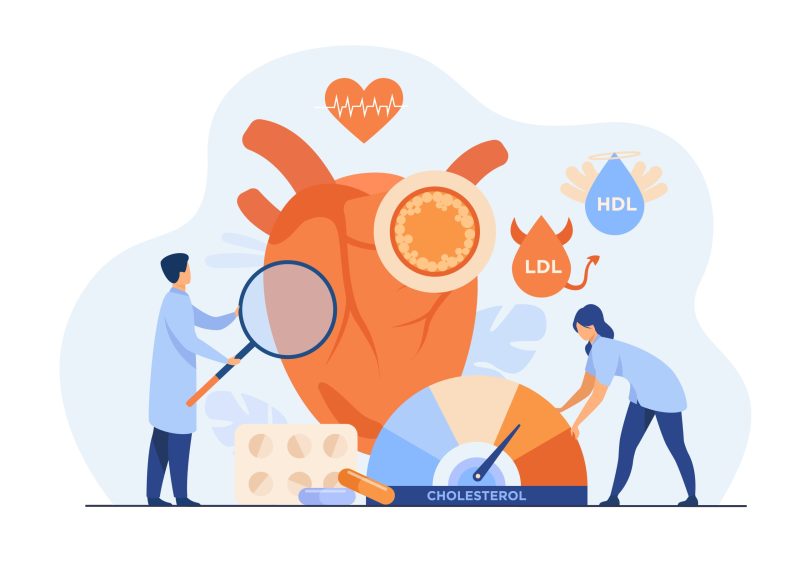Beyond Weight: Unlocking Your Body’s True Story
The number on your bathroom scale doesn’t tell the whole story. Weight alone is a limited metric, often misleading when it comes to understanding your overall health. To truly track progress and optimize wellness, you need to dive deeper into your body’s composition. Modern body composition scales and health tracking tools provide a wealth of data—body fat, muscle mass, visceral fat, hydration levels, and more—that paint a fuller picture. Here’s why these metrics matter and how they can guide you toward better health.
Why Weight Alone Isn’t Enough
Weight fluctuates daily due to factors like water retention, muscle gain, or even the time of day. Two people with the same weight can have vastly different health profiles—one might have high muscle mass and low body fat, while another could have excess visceral fat, posing serious health risks. By focusing solely on weight, you miss critical insights into your body’s makeup and risk factors. Body composition metrics provide a clearer, more actionable view, helping you set realistic goals and avoid the frustration of scale obsession.
Key Metrics to Monitor for Optimal Health
Body Fat Percentage
Body fat percentage measures the proportion of fat in your body compared to your total weight. Unlike weight, it reveals whether you’re carrying a healthy amount of fat or if you’re at risk for conditions like heart disease, diabetes, or joint issues. For example, someone at a “normal” weight might still have a high body fat percentage, increasing their risk of metabolic disorders.
- Why It Matters: Tracking body fat helps you focus on fat loss rather than just weight loss, preserving muscle and improving overall health.
- Practical Tip: Aim for a body fat percentage within healthy ranges (typically 10-20% for men, 18-28% for women, depending on age and fitness level). Consult a healthcare provider for personalized targets.
- Risk of Ignoring: High body fat, even at a normal weight, can silently increase your risk of chronic diseases.
Muscle Mass
Muscle mass is the weight of your muscles, critical for strength, mobility, and metabolic health. As you age or diet, muscle loss can occur, slowing your metabolism and reducing physical function. Body composition scales track muscle mass to ensure you’re building or maintaining it through exercise and nutrition.
- Why It Matters: More muscle boosts your metabolism, supports joint health, and enhances daily performance. It’s especially important for aging adults to prevent sarcopenia (age-related muscle loss).
- Practical Tip: Incorporate strength training 2-3 times per week and ensure adequate protein intake (about 0.8-1.2g per kg of body weight daily) to support muscle growth.
- Risk of Ignoring: Low muscle mass can lead to a slower metabolism, reduced strength, and increased frailty over time.
Visceral Fat
Visceral fat surrounds your internal organs, like the liver and heart, and is far more dangerous than subcutaneous fat (the fat under your skin). High visceral fat levels are linked to cardiovascular disease, type 2 diabetes, and even certain cancers.
- Why It Matters: Even if your weight is “healthy,” high visceral fat can put you at risk. Tracking it helps you take proactive steps, like improving diet or increasing aerobic exercise.
- Practical Tip: Reduce visceral fat through a balanced diet low in processed sugars and regular cardio (e.g., 150 minutes of moderate exercise weekly). Stress management also helps, as cortisol can contribute to visceral fat accumulation.
- Risk of Ignoring: Unmonitored visceral fat can lead to serious health issues, often without visible symptoms until it’s too late.
Body Water (Hydration)
Body water percentage reflects your hydration status, vital for nearly every bodily function—temperature regulation, digestion, joint health, and brain function. Dehydration can occur even if you feel fine, impacting energy and performance.
- Why It Matters: Proper hydration supports physical and mental performance, aids recovery, and prevents health issues like kidney stones or heatstroke.
- Practical Tip: Aim for a body water percentage of 50-65% (varies by age and sex). Drink water consistently throughout the day, and increase intake during exercise or hot weather. Foods like fruits and vegetables also contribute to hydration.
- Risk of Ignoring: Chronic dehydration can cause fatigue, cognitive fog, and increased risk of stroke or urinary tract infections.
Basal Metabolic Rate (BMR)
Your BMR is the number of calories your body burns at rest to maintain basic functions like breathing and circulation. Knowing your BMR helps you tailor your calorie intake and exercise to achieve weight goals without compromising health.
- Why It Matters: Understanding your BMR prevents under- or over-eating, which can lead to weight gain, muscle loss, or nutrient deficiencies. It’s a foundation for personalized nutrition plans.
- Practical Tip: Use your BMR as a baseline to calculate daily calorie needs (add activity level for total daily energy expenditure). Apps or dietitians can help refine this.
- Risk of Ignoring: Incorrect calorie intake can stall progress, cause weight fluctuations, or lead to metabolic imbalances.
Additional Insights: Bone Density and More
Some advanced scales measure bone density, which is crucial for assessing osteoporosis risk, especially in older adults or postmenopausal women. Low bone density can lead to fractures, so tracking it alongside other metrics supports long-term mobility and safety. If your scale doesn’t measure bone density, consider periodic DEXA scans with your healthcare provider.
Another often-overlooked metric is heart rate variability (HRV), which reflects your body’s stress and recovery status. While not typically measured by scales, wearable devices can track HRV, complementing body composition data for a fuller health picture.
Common Misconceptions to Avoid
- Myth: Lower weight always means better health. Not true—losing muscle or water weight can harm your health, even if the scale drops.
- Myth: All fat is bad. Body fat is essential for hormone production and energy storage; the goal is balance, not elimination.
- Myth: Scales are 100% accurate. Home scales provide estimates. For precision, consult professional tools like DEXA or bioimpedance machines at a clinic.
How to Start Tracking
- Invest in a Body Composition Scale: Look for one that measures body fat, muscle mass, visceral fat, body water, and BMR. Popular brands include Withings, Tanita, or Fitbit Aria.
- Track Consistently: Measure at the same time of day (ideally morning, after waking) for reliable data. Avoid measuring after meals or intense exercise.
- Use Apps or Journals: Sync your scale with an app to visualize trends over time. Note lifestyle factors (e.g., diet, exercise) to connect with your metrics.
- Consult Professionals: Work with a dietitian, trainer, or doctor to interpret data and set goals tailored to your needs.
The Bigger Picture
Health is multidimensional—weight is just one piece of the puzzle. By tracking body composition metrics, you gain insights that empower smarter choices, from adjusting your workouts to fine-tuning your diet. More importantly, you shift the focus from a single number to sustainable, long-term wellness. So, step off the scale and start exploring the full story of your health.











